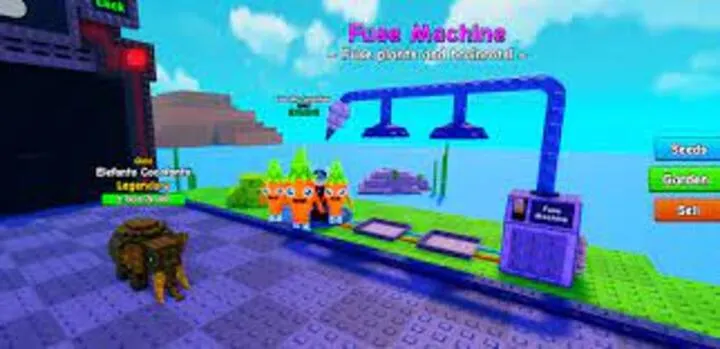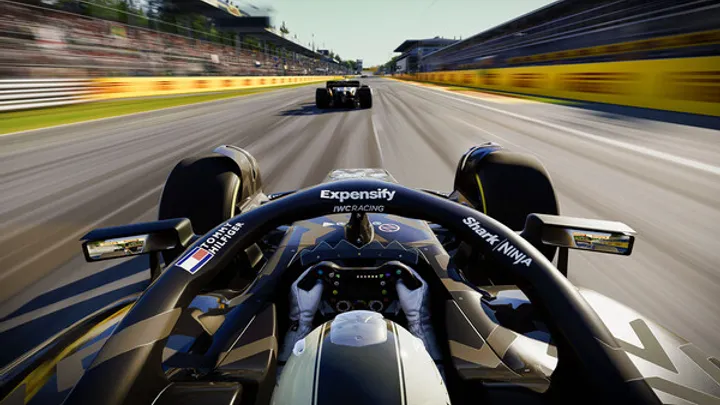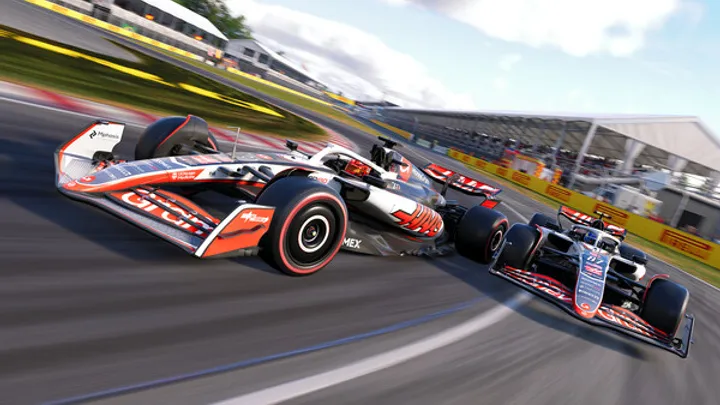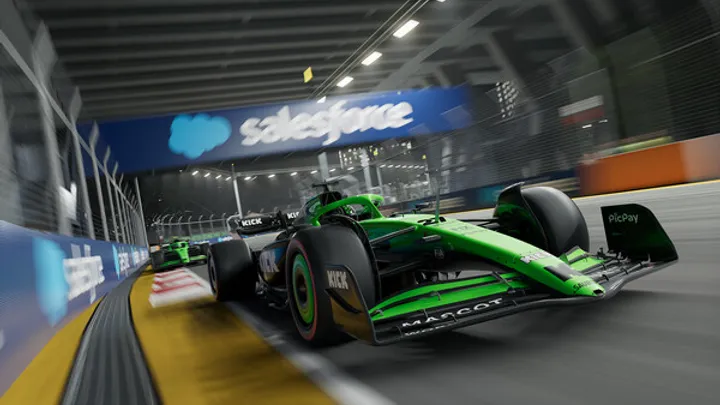Introduction
While most players focus on plants, upgrades, and combat mechanics in Plants vs Brainrot, one of the most overlooked yet crucial elements lies within the maps themselves. Unlike traditional lane-based tower defense games, Brainrot introduces warped environments, shifting layouts, hidden passages, and secret rooms that can dramatically alter gameplay.
Learning to read and exploit the battlefield is the difference between survival and collapse in higher waves. This guide reveals map exploration secrets, hidden paths, and orientation strategies that will give you a competitive edge.
1. Understanding Map Distortion Mechanics

Brainrot maps don’t always play fair. They bend reality to disorient the player.
- Warped Lanes: Some lanes appear straight but secretly loop, causing Brainrots to reappear unexpectedly.
- Mirrored Grids: Certain levels invert placement zones, forcing players to think in reverse.
- Temporal Distortions: Time flow can accelerate or slow in parts of the map, affecting plant attack rates.
Advanced players learn to anticipate these distortions rather than fear them.
2. Hidden Paths and Shortcut Exploits
Maps often contain hidden routes that enemies or resources can travel through.
- Subterranean Tunnels: Brainrots may bypass lanes using underground passages. Only root-based plants can detect and block them.
- Dimensional Rifts: Sparkling anomalies on the battlefield often lead to shortcuts. Entering them can reveal secret loot rooms.
- Path Resetting: Some shortcuts reset enemy AI, making them loop repeatedly—perfect for farming time.
Knowing where these hidden paths spawn lets you prepare preemptive defenses.
3. Secret Rooms and Unlockable Chambers
Not all maps are limited to what you see. Exploration can reveal special rooms.
- Treasure Chambers: Contain mutagen caches or rare seeds. Often require solving environmental puzzles mid-wave.
- Corruption Sanctums: Dangerous but rewarding areas where mutated plants can be unlocked.
- Safe Havens: Hidden rooms that temporarily pause enemy spawns, letting you regroup and re-strategize.
Mastering how to enter and exit these chambers without losing your main defense is a hallmark of elite play.
4. Navigating in Shifting Environments
One of Brainrot’s signature mechanics is maps that shift mid-battle.
- Rotating Platforms: Placement tiles rotate, displacing plants into new lanes. Keep flexible plants in these zones.
- Collapsing Zones: Certain map tiles vanish after heavy damage. Plan redundancies in your defenses.
- Reappearing Tiles: Some tiles re-materialize, allowing surprise plant placements for counterattacks.
The key is to treat the battlefield as alive—and to adapt as if it were another enemy type.
5. Environmental Hazards as Tools

Environmental hazards can be exploited, not just endured.
- Toxic Pools: Harm Brainrots over time but destroy unprotected plants. Use acid-resistant flora to dominate these zones.
- Gravity Wells: Pull both plants and Brainrots inward. Turn them into natural choke points with AOE damage plants.
- Fog Fields: Reduce visibility, but stealth plants can gain bonuses here.
When used strategically, hazards are your free extra defense layers.
6. Orientation Tricks for Distorted Space
Navigating distorted maps is mentally taxing. Here’s how pros orient themselves:
- Landmark Plants: Place unique plants (like glow fungi) at corners for visual anchors.
- Lane Counting: Always number lanes mentally—even when maps mirror or rotate.
- Sanity Compass: Certain upgrades allow a compass UI that keeps track of lane order despite distortions.
With these tricks, even the wildest warped maps become manageable.
7. Puzzle-Like Map Elements
Some maps introduce puzzles alongside combat.
- Rune Switches: Stepping on runes with roots activates hidden bridges.
- Light Beams: Redirecting glow plants can unlock secret paths.
- Plant Sacrifice Mechanisms: Occasionally, sacrificing a plant in a special slot opens hidden areas.
Solving puzzles mid-combat requires multitasking and foresight.
8. Adaptive Plant Placement in Dynamic Maps
Unlike static maps, Brainrot demands flexible builds.
- Mobile Plants: Some plants can uproot and replant. Use them aggressively in moving-map scenarios.
- Diagonal Synergies: On rotated maps, diagonals often become stronger than lanes—plan accordingly.
- Reserve Slots: Always save part of your economy for emergency replanting when maps shift.
Rigid strategies fail—fluid setups survive.
9. Multiplayer Map Coordination
In co-op, map navigation becomes a team effort.
- Division of Labor: One player handles puzzles/secret rooms while the other manages main defense.
- Shared Orientation: Use consistent naming conventions for landmarks so both players stay aligned.
- Split Resources: Coordinate who invests in exploration versus defense to avoid imbalance.
The best teams don’t just defend—they explore and conquer together.
10. Map Exploits and Advanced Farming Techniques

Finally, skilled players discover ways to use maps to farm or cheat the system.
- Infinite Loop Exploit: Forcing Brainrots into a looping shortcut lets you stall indefinitely.
- Treasure Reset Glitch: Certain secret rooms can be reopened if entered in the correct sequence.
- Hazard Farming: Luring enemies into hazards repeatedly conserves resources and extends survival.
These aren’t just exploits—they’re advanced map mastery techniques.
Conclusion
Maps in Plants vs Brainrot aren’t just backdrops—they’re active, unpredictable battlefields filled with secrets, distortions, and hidden mechanics. By mastering shortcuts, secret rooms, hazards, and orientation tricks, players unlock a deeper layer of strategy beyond traditional defense.
In the world of Brainrot, survival depends as much on reading the map as it does on planting defenses. Those who treat the environment as an ally, not just an obstacle, will always outlast the chaos.

















